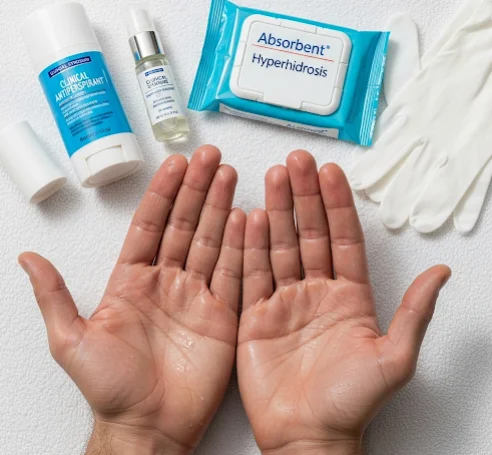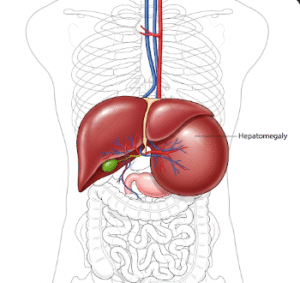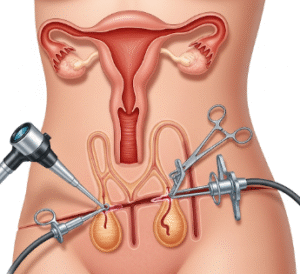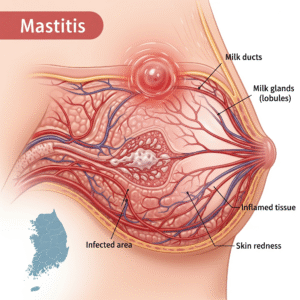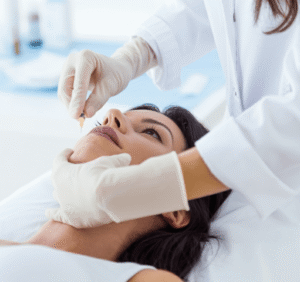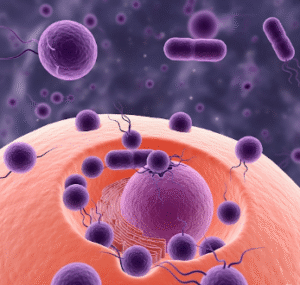What it is
Palmar hyperhidrosis is a form of primary hyperhidrosis that causes excessive sweating of the hands, often unrelated to heat, exercise, or stress. It is one of the most socially and professionally challenging types of hyperhidrosis since it affects handshakes, writing, holding objects, and using electronic devices.
The condition is caused by overactive sympathetic nerves that overstimulate sweat glands in the palms. While not dangerous, it can lead to psychological distress, embarrassment, and difficulty performing fine motor tasks.
💡 In Korea, where social interactions and professional appearance are emphasized, palmar hyperhidrosis is treated with cutting-edge dermatological and surgical methods, as well as holistic care programs.
Why it’s done
Palmar hyperhidrosis care is pursued to improve daily function, reduce discomfort, and restore social confidence.
✔ To prevent embarrassment in handshakes and social interactions
✔ To improve grip for writing, sports, or work tools
✔ To protect electronic devices and paperwork from moisture damage
✔ To reduce skin irritation and prevent fungal infections
✔ To enhance mental health, reducing anxiety caused by constant sweating
In Korea, many students and professionals seek treatment early because hand sweating can directly impact academic, work, and social life.
Alternatives
Some alternatives can be tried before or alongside professional treatment:
➡️ Topical antiperspirants – Aluminum chloride creams applied to the palms.
➡️ Oral medications – Anticholinergics to reduce sweat production (with side effects).
➡️ Iontophoresis devices – Hands placed in trays with water and mild electric current; widely used in Korea.
➡️ Lifestyle changes – Stress management, avoiding caffeine or spicy foods.
➡️ Natural remedies – Herbal soaks, acupuncture, and traditional Korean medicine (e.g., mugwort baths).
Korean alternatives often emphasize daily scalp & body care regimens, combining modern medicine with herbal traditions.
Preparation
Before beginning palmar hyperhidrosis treatment in Korea, preparation includes:
- 🔹 Consultation with a dermatologist or neurologist → To rule out secondary hyperhidrosis (e.g., thyroid issues).
- 🔹 Starch-iodine test → Identifies sweat patterns on the palms.
- 🔹 Medical history review → Including family history, medications, and stress factors.
- 🔹 Skin check → Ensuring no infections, eczema, or open wounds before treatment.
- 🔹 Pre-procedure care → Patients are advised to avoid antiperspirants or strong creams for 24 hours before clinical evaluation.
How it’s Done
Palmar hyperhidrosis care in Korea involves a combination of non-invasive, minimally invasive, and surgical options:
- Topical Treatments
- Prescription-strength aluminum chloride creams.
- Medicated wipes with glycopyrronium.
- Iontophoresis Therapy
- Widely used in Korea, especially for students.
- Hands submerged in water trays with a mild electric current for 20–30 minutes.
- Performed 2–3 times per week initially, then maintenance weekly.
- Botox (Botulinum Toxin) Injections
- Highly effective for reducing hand sweating.
- Botox blocks the nerves that activate sweat glands.
- Results last 4–6 months, but injections can be painful without anesthesia.
- Korean clinics often use numbing creams or nerve blocks to reduce discomfort.
- Oral Medications
- Anticholinergics (e.g., oxybutynin) prescribed for temporary relief.
- Used with caution due to dry mouth, blurred vision, or urinary issues.
- Surgical Option: Endoscopic Thoracic Sympathectomy (ETS)
- A last-resort option for severe palmar hyperhidrosis.
- Nerves controlling sweat glands are cut or clamped.
- Results are permanent, but compensatory sweating (sweating in other areas) is a risk.
- Korea has some of the world’s most advanced ETS procedures, with high precision.
- Korean Holistic Add-ons
- Herbal hand soaks (ginseng, green tea, mugwort).
- Stress-relief therapies (acupuncture, meditation programs).
- Cooling essences and hand creams that support barrier health post-treatment.
Recovery
Recovery depends on the treatment chosen:
➡️ Topicals & oral meds → No downtime; results vary.
➡️ Iontophoresis → Mild skin dryness or irritation; improved with moisturizing creams.
➡️ Botox injections → Temporary weakness in finger grip; soreness for 1–2 days.
➡️ ETS surgery → Hospital stay of 1–2 days; recovery in 1–2 weeks.
💡 In Korea, clinics often provide hydrating hand masks, barrier creams, and herbal treatments after procedures to speed up recovery and improve skin health.
Complications
Hyperhidrosis treatments are safe but may have side effects:
⚠ Possible risks include:
- Skin irritation from topicals or iontophoresis
- Pain, bruising, or weakness after Botox
- Dry mouth and systemic effects from oral drugs
- Compensatory sweating after ETS surgery
- Rare infections at injection or surgical sites
Korean specialists minimize risks with personalized care, advanced techniques, and gentle recovery protocols.
Treatment Options in Korea
Korea offers a wide range of effective treatments for sweaty palms, combining dermatology, neurology, and holistic medicine.
🇰🇷 Popular Korean Options:
- Iontophoresis programs → affordable, widely used for students and professionals.
- Botox injections → quick, effective, and commonly performed in dermatology clinics.
- Oral medication support → prescribed when other methods fail.
- ETS surgery → performed in top hospitals for severe, resistant cases.
- Complementary Korean therapies → herbal soaks, acupuncture, and stress-relief programs.
✅ Final Thoughts
Palmar hyperhidrosis care in Korea is comprehensive, blending high-tech solutions like Botox and ETS surgery with non-invasive methods such as iontophoresis and herbal therapies. Korean clinics place strong emphasis on patient comfort, precise diagnosis, and personalized treatment plans, ensuring effective results with minimal side effects.
By offering both short-term relief and long-term solutions, Korea has become one of the leading destinations for hyperhidrosis treatment, giving patients the chance to restore not only dry hands but also their confidence and quality of life.

